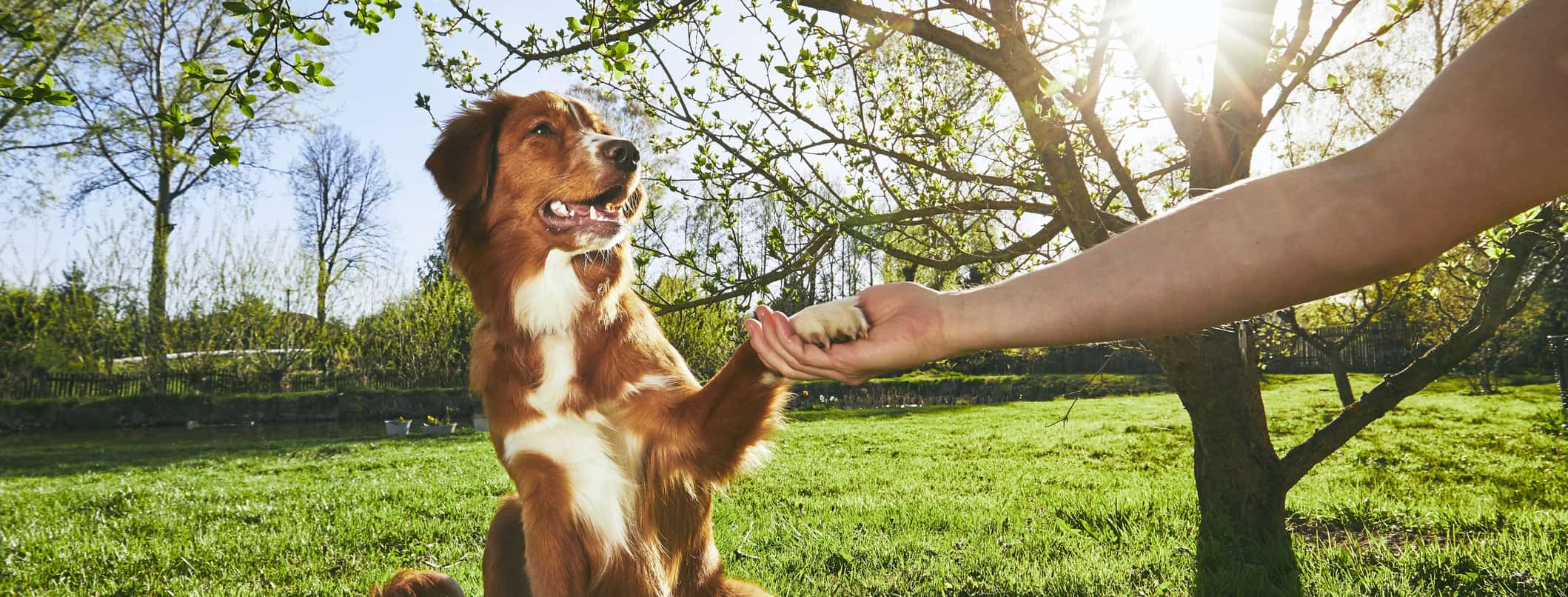Important Tips for Effective Dog Training: An Overview for Pet Owners
Efficient pet dog training is a complex procedure that requires a tactical technique customized to both the pet dog's temperament and the owner's objectives. Key elements such as establishing constant commands, utilizing favorable support, and promoting very early socializing play vital functions in cultivating a well-adjusted canine friend. Many animal owners encounter challenges that can prevent progression, leading to stress and unpredictability. Recognizing exactly how to navigate these obstacles can significantly enhance the training experience, inevitably changing the connection between proprietor and pet dog. What are the necessary approaches that can be utilized to ensure success in this endeavor?
Comprehending Canine Behavior
Understanding dog habits is vital for efficient training and fostering a harmonious partnership between dogs and their proprietors. dog training. Dogs interact mostly through body language, vocalizations, and actions, making it critical for owners to translate these signals properly.

Socialization plays a substantial duty in dog behavior; exposure to various environments, people, and other animals can considerably affect a pet dog's personality. Furthermore, elements such as breed features and specific personality must assist training methods, as some breeds may have particular behavioral qualities that require tailored strategies. By comprehending these elements, proprietors can produce a supportive setting that motivates positive actions, causing successful training end results and a deeper bond with their pet dogs.
Establishing Regular Commands
Effective interaction with your dog starts with establishing regular commands. This foundational component of training is critical for promoting understanding between you and your family pet. Consistency in the commands you make use of guarantees that your pet can dependably link particular words or phrases with the preferred actions.
When choosing commands, pick clear, unique words that are very easy to separate and claim from each other. Stay clear of using similar-sounding commands that might puzzle your pet. For example, making use of "rest" and "stay" is proper, but "sit" and "struck" could cause misconceptions.
Additionally, preserve the exact same tone and quantity for each command. Canines are delicate to vocal hints, so varying your tone can create confusion.
It is similarly crucial to make certain that all member of the family are on the exact same web page pertaining to the commands made use of. A united front in command usage will certainly protect against combined signals and strengthen the discovering process.
Positive Reinforcement Strategies
The power of favorable reinforcement in dog training lies in its ability to motivate preferred actions with rewards and praise. This strategy is based in the concept that actions adhered to by favorable results are more most likely to be repeated. By including favorable reinforcement right into your training routine, you can efficiently shape your canine's actions in a constructive fashion.
To implement favorable support, it's vital to recognize what inspires your canine, whether it be deals with, playthings, or spoken appreciation. When your pet performs a desired action, such as remaining on command, right away reward them with a treat or affection. This organization between the command and the positive result strengthens their understanding.
It's critical to timing the rewards appropriately; supplying the support within secs of the desired actions helps your canine make the connection (dog training). Furthermore, consistency is essential-- make sure that all member of the family make use of the exact same commands and incentive systems to prevent confusion

Gradually, you can lower the regularity of deals with as your pet dog finds out the behavior, transitioning to praise or periodic incentives. This technique not just cultivates a solid bond in between you and your dog but additionally promotes a favorable knowing environment, making training an enjoyable experience for both.
Socialization and Interaction
Regularly exposing your pet dog to a range of environments, individuals, and other pets is important for their social advancement. Socializing must begin early, ideally during the vital home window of 3 to 14 weeks, when puppies are most responsive to new experiences. Older pets can also profit from ongoing socialization efforts.
Introduce your canine to different setups, such as parks, pet-friendly stores, and city locations. This direct exposure aids them adjust to different stimuli, reducing anxiety and worry feedbacks. Encourage positive interactions with other dogs and people, making sure that these encounters are secure and controlled to foster confidence.
Make use of structured playdates with courteous pet dogs, as this can improve your canine's social abilities and show them ideal actions. Obedience courses and training sessions additionally offer superb possibilities for socializing, allowing your pet to communicate with others in a supervised atmosphere.
Screen your pet dog's body language throughout interactions, as this will aid you evaluate their comfort level. Progressively increase exposure to even more tough scenarios while making certain that each experience declares. A well-socialized canine is more probable to show helpful site well balanced behavior, making them a joy to have in any kind of setup.
Dealing With Typical Training Obstacles
Every dog owner will come across training challenges at some time, despite their pet dog's page age or socialization level. Determining typical problems such as stubbornness, distractions, and terror can help in establishing efficient approaches for improvement.

Progressively present distractions as the canine ends up being extra efficient in commands. Short, frequent training sessions are additionally effective in keeping interest.
Terror can hinder a pet dog's knowing procedure. Gradual desensitization to the source of anxiety, coupled with favorable support, can help alleviate anxiety. Perseverance is crucial; never force a pet dog right into a scenario that triggers distress, as this might exacerbate the problem.
Eventually, understanding and attending to these common challenges with a structured method will foster a much more productive training experience, strengthening the bond between dog and proprietor while promoting efficient learning.
Final Thought
In summary, successful pet dog training counts on a thorough understanding of canine behavior, the establishment of consistent commands, and the application of favorable reinforcement methods. Socialization plays a crucial duty in creating well-adjusted pet dogs, while attending to usual training obstacles requires patience and versatility. By applying these vital approaches, pet owners can promote a strong bond with their pets and promote desirable actions, inevitably causing an unified partnership between human beings and their canine friends.
Comprehending canine actions is essential for efficient training and promoting a harmonious relationship in between canines and their proprietors.Socialization plays a significant duty in dog behavior; direct exposure to different environments, people, and other pets can substantially impact a pet's character.The power of positive reinforcement in pet dog training find out exists in its ability to motivate preferred habits through incentives and praise. By including favorable support right into your training routine, you can efficiently shape your pet's habits in a positive fashion.
In summary, successful dog training depends on an extensive understanding of canine habits, the establishment of constant commands, and the application of favorable support techniques.